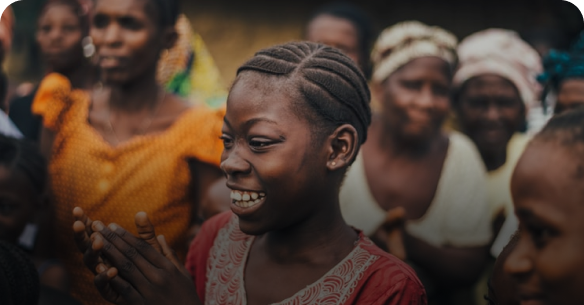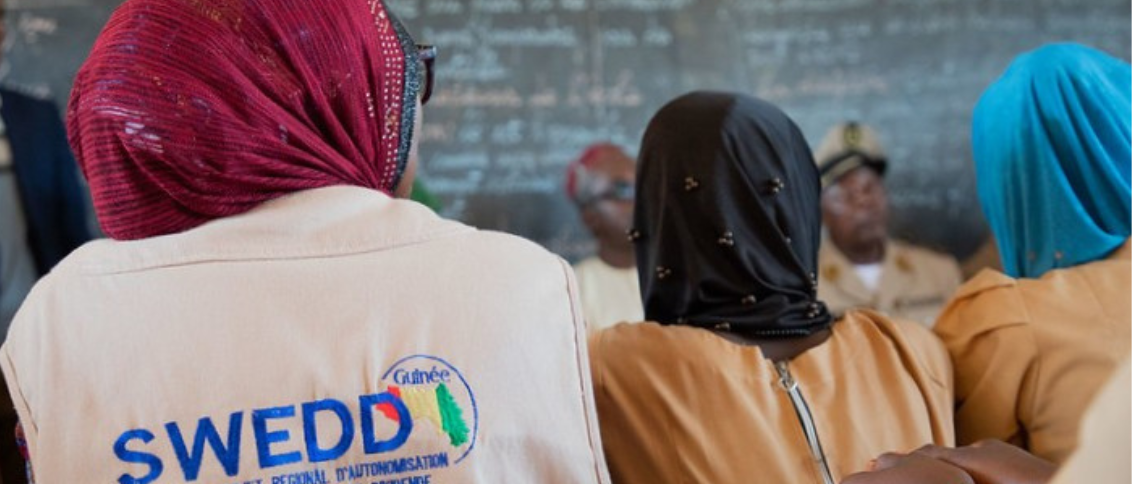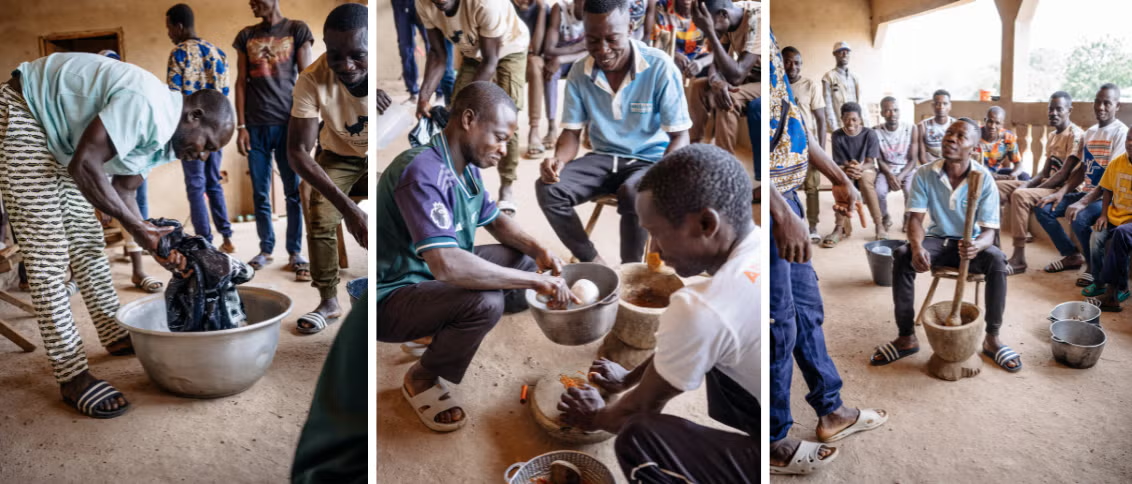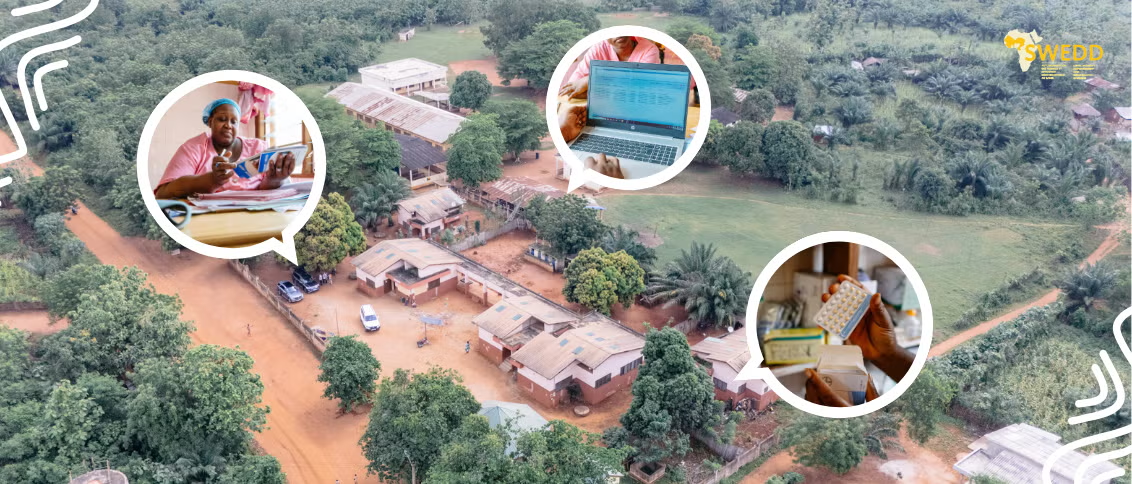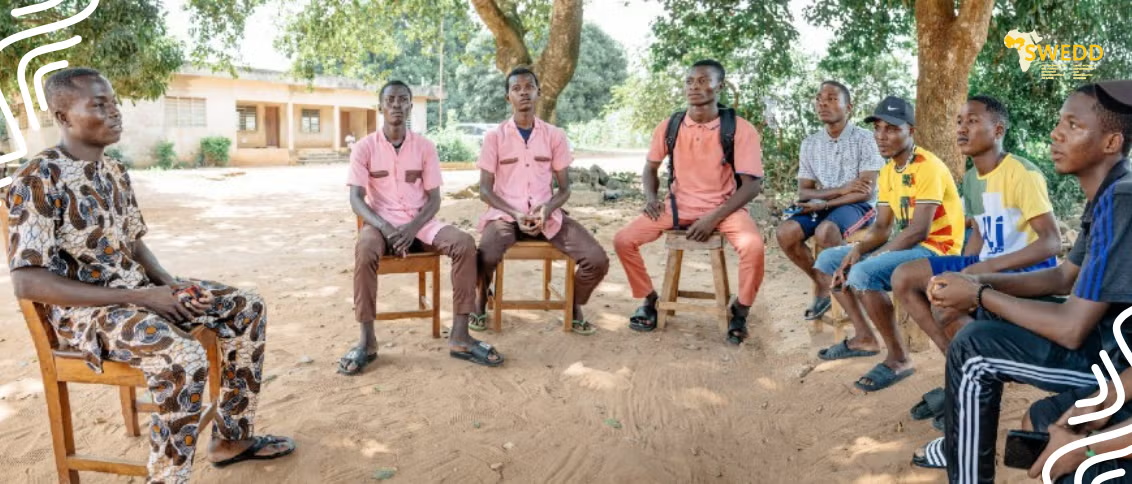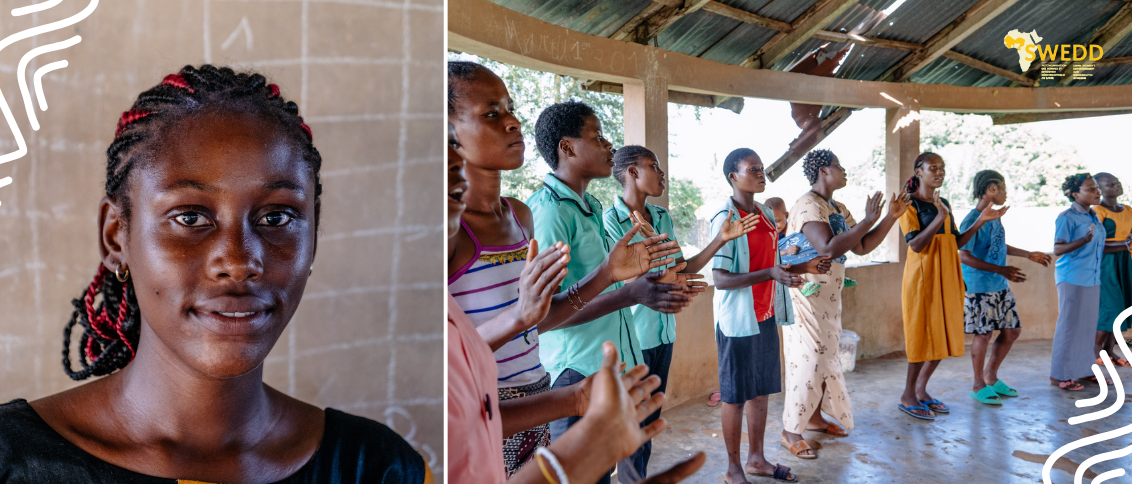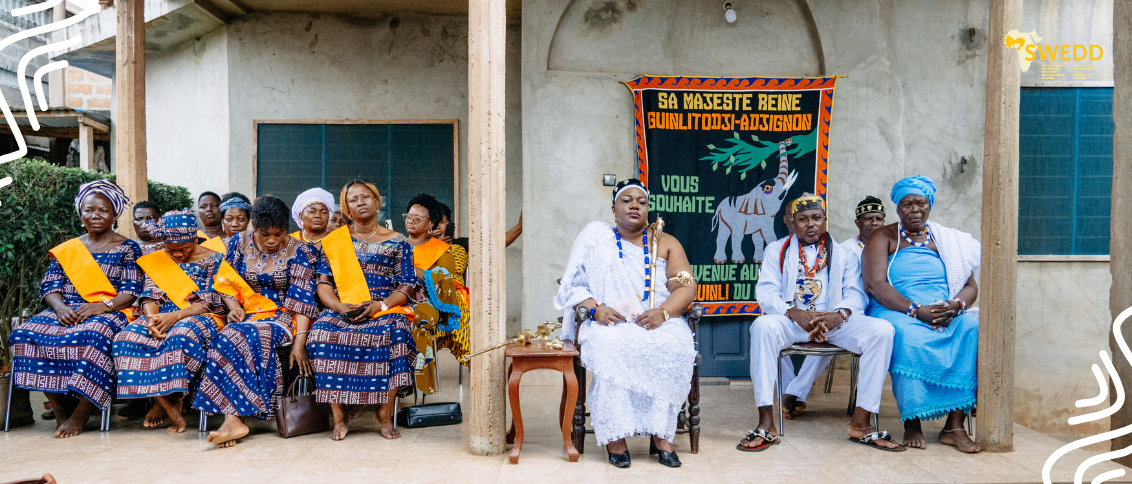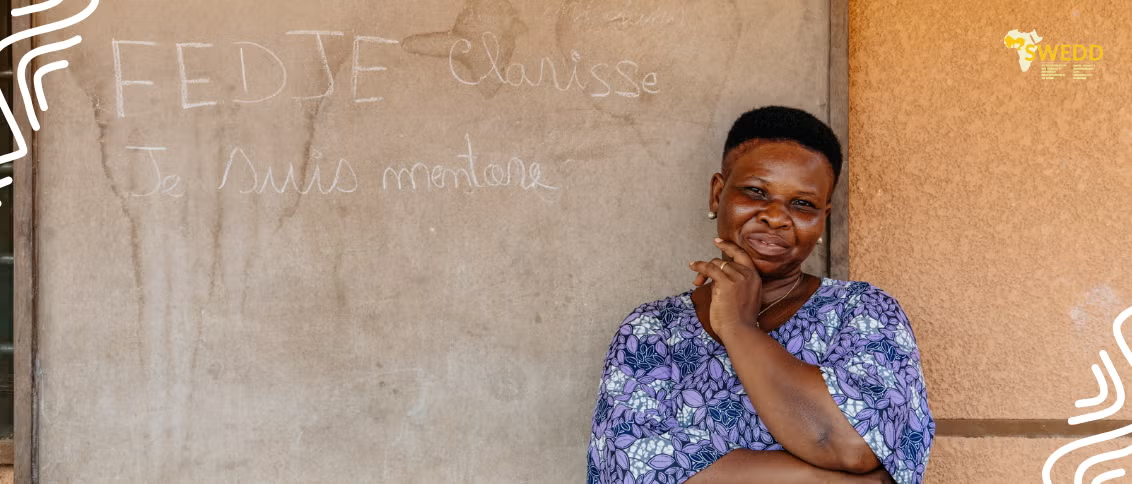
Senegal
"Female genital mutilation (FGM) represents a major challenge as a social norm"- Souleymane Camara is a lawyer by training and the focal point of the national programme to accelerate the abandonment of female genital mutilation in Guinea. Find out more

Overview
Overview
As part of SWEDD+, the project will be implemented progressively in 11 regions characterised by a high proportion of beneficiary girls who present a very high risk of early marriage, early pregnancy and dropping out of school. These regions include Sédhiou, Kolda, Matam, Kédougou, Kaolack, Tambacounda, Kaffrine, Diourbel, Thiès, Saint-Louis and Dakar. The border regions with Mauritania, Mali, Guinea and Gambia have been selected to ensure continuity of intervention with SWEDD projects in these countries. The criteria for acute needs are very high in these areas, as well as in the central and western regions.
The direct target population is adolescent girls aged between 10 and 19 (with the possibility of extending to 24) for the women's economic empowerment activities. In the 11 selected regions, 988,163 adolescent girls are at risk of early marriage (<18 years) and/or early pregnancy and/or incomplete primary education (10 to 19 years) (source: Camber study). More precise targeting will be carried out in the regions with all the local players, including government departments, technical partners, development projects and community organisations, before the interventions begin. This phase will make it possible to take into account targets that are not part of other partners' programmes, and also to define the pace of progress to ensure total coverage of targets in the regions.

